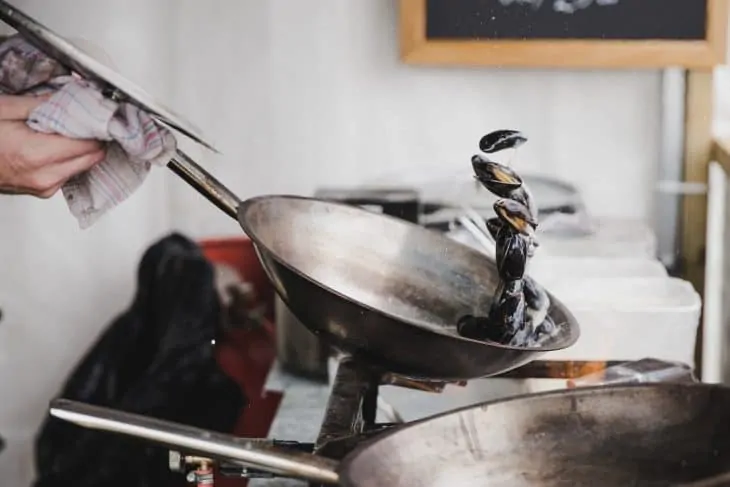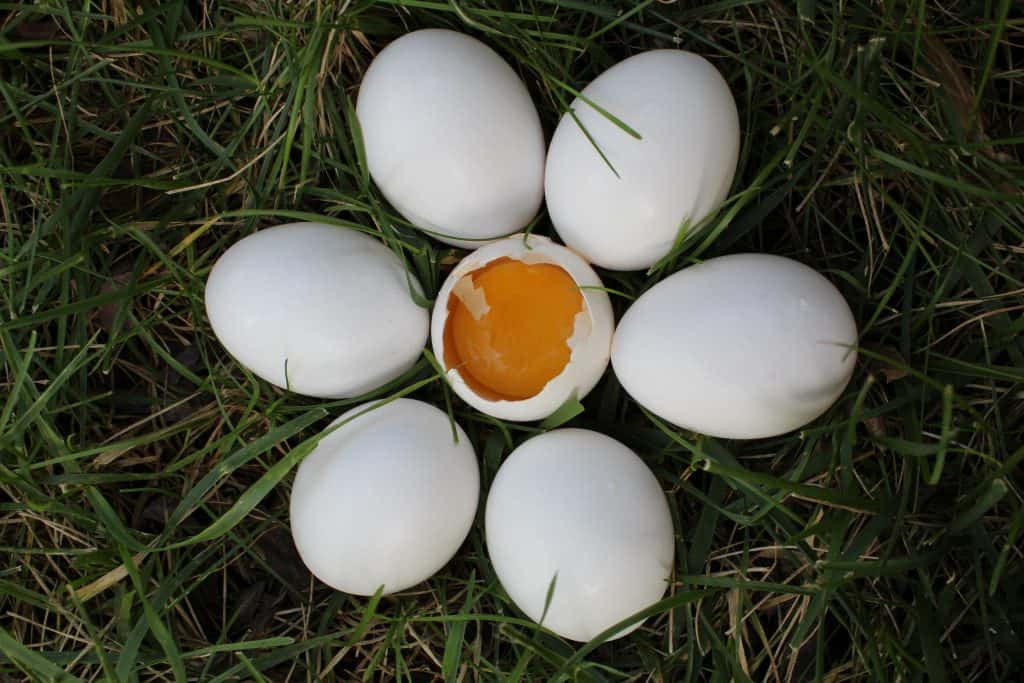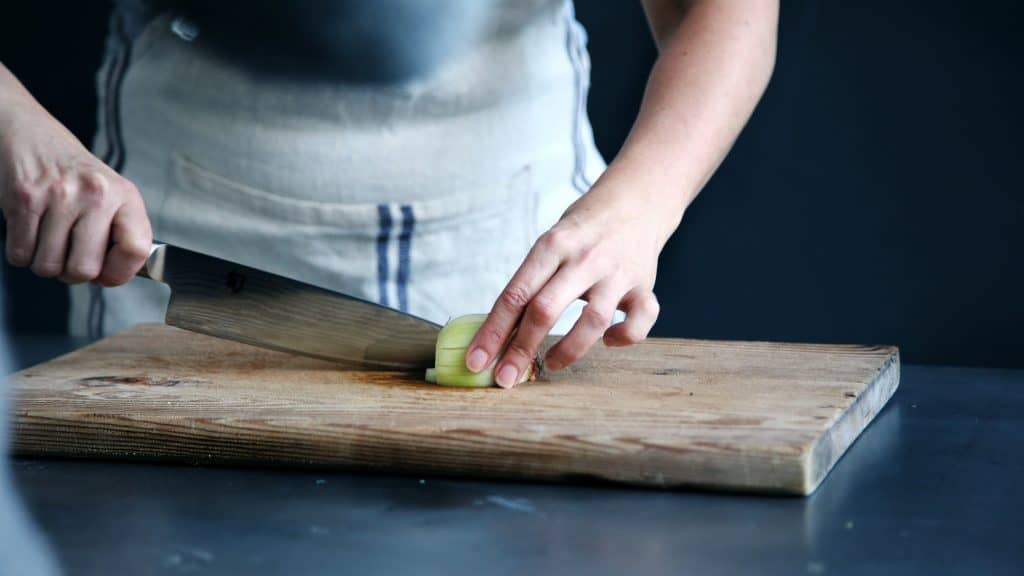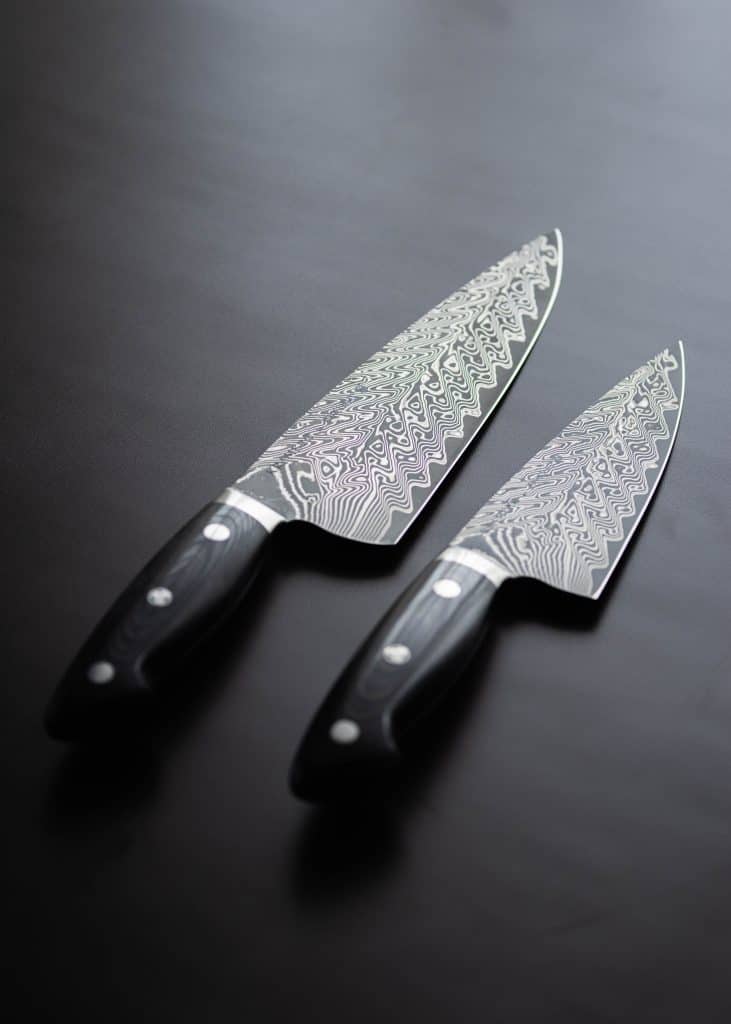
From prehistoric times until the present, cooking has provided sustenance for humans. Since then, cooking has evolved from a means of survival to an art and a discipline. These cooking facts will tease your palate for the strangest developments in cooking throughout the years.
- Cooking is the art, science, and discipline of preparing and presenting food.
- Humans started cooking 1.8-2.3 million years ago.
- Chopsticks were initially created for cooking, not as an eating utensil.
- There are about 941,600 chefs around the world.
- The Michelin Star is considered the highest international culinary award.
- Roasting was the first known form of cooking in the Paleolithic period.
- Steaming in rolled leaves soon followed.
- Cooking helped humans digest food easier, which developed their brains and shrunk their gut throughout time.
- Pastries date back to Ancient Greece, Rome and Phoenicia.
- The art of preparing, cooking, and presenting food is called culinary arts.
- Gastronomy refers to the cooking styles of a certain region or the relationship between food and culture.
- The very first restaurant in the world opened in Paris in 1765.
- The restaurant served only one dish: sheep’s feet in white sauce.
- Spice trade boomed in the 13th to 14th century.
- Cooking can be done through indirect chemical reactions such as with ceviche.
- A chef traditionally wears white because the first prime minister’s chef in France (1815) believed white was the most hygienic of all colors.
- The pleats or folds in chefs’ hats used to indicate how many dishes they have mastered.
- Cheese is the most stolen food.
- The earliest ovens dating back to 29,000 B.C. were found in Central Europe.
- Chefs in 17th century Europe often worked naked or in underwear because of the intense heat.
Hard-boiled egg yolks turn green because of a chemical reaction.

Overcooked hard boiled eggs look green because of the thin, green iron(II) sulfide coating on the yolk.
Sandwiches are a lazy man’s dish.
The sandwich was popularized in 1762 by John Montagu, the 4th Earl of Sandwich. Apparently, Montagu had a gambling problem that made him spend hours at the card table. He asked the house cook to bring him something he could eat without leaving his seat. Finally, the cook presented him with what we now know and love as the sandwich.
The Yale culinary tablets are the oldest cookbooks in the world.
Dating back to 1700 B.C., these Mesopotamian tablets display the oldest recipes. According to experts, the dishes are meant to be served for royalty. They recovered 25 recipes for stew, mostly meat-based with a few vegetable varieties. However, the recipes merely listed ingredients without any directions. Recipes for pastries were also found in the tablets.
You can’t mess up mushrooms.
The special polymer chitin in mushrooms’ cell walls ensure a tender texture even in high temperatures.
Black pepper was so valuable, it used to be a currency in the Middle Ages.
High prices, scarce supply, and the mystery surrounding the origins of spices fueled a growing effort to discover spices and their source of cultivation.
In 16th Century England, pies were filled with surprises.

One of the more disturbing cooking facts: Celebratory pies served in 16th century England contained live animals that were released when the pie was cut. Such animals were frogs, squirrels, and blackbirds.
Pufferfish is the most dangerous dish to prepare (or eat).
One of the more exotic dishes, pufferfish or fugu is a famous Japanese delicacy that could be fatal if not prepared correctly. Because of this, chefs need to secure a license before being cleared to serve this dish.
Pastry chefs must master the flute.
No, we don’t mean the Pied Piper kind. Fluting refers to the decorative designs the edges of pie crust or along the outside of a cake.
The American Fat Salvage Committee urged housewives to donate excess fat from cooking to the army in World War II.
They used these fat reserves to create explosives during the war.
When cooking with alcohol, not all of the liquor “burns off”.
Usually, up to 85% of the alcohol remains in the food.
Improper ventilation of cooking fumes causes 3.3% of worldwide deaths.

That’s even more casualties than deaths caused by unclean drinking water.
Cooking recipes aren’t subject to copyright.
Copyright law does not protect recipes that are just ingredient lists. However, the delivery (instructions, descriptions/illustrations, examples) is protected by copyright.
Microwaving is the healthiest way to cook vegetables.
Though microwavable food is seen as radioactive junk, most vegetables retain more nutrients from microwaving than any other cooking method.
The pound cake used to have a literal pound of each ingredient.
The original recipe from 18th century Europe required a pound each of butter, flour, sugar, and eggs. As a result, these traditional cakes weighed 4 lbs or almost 2 kg!
The fear of cooking is called "mageirocophobia."
This phobia can manifest in a spectrum of ways, but it is not usually considered severe.
Wooden cutting boards vs plastic cutting boards? Just clean them well.

Some people claim that plastic cutting boards are safer because they lack the porous material of wooden cutting boards. However, the science community’s verdict is that both materials can be breeding grounds for bacteria without proper maintenance. Knife grooves from wear and tear on plastic cutting boards can house bacteria just as much as the pores on wooden cutting boards could.
A certain variety of cassava turns into cyanide if not prepared correctly.
Manioc is a cassava variant found in Africa and South America. It must be precisely prepared and cooked, because raw cassava contains a toxic substance (linamarin) which becomes cyanide when consumed raw.
There’s still no direct link between cancer and grilled food.
Burnt or charred meat and fat release harmful chemicals that could cause cancer mutations, but it is still not clear to scientists how exactly this happens. Grilling isn’t really a complete no-no, just make sure to flip your food often enough to not burn it.
Stuffed camel is the largest item ever found in a menu.
Whole stuffed camel is listed in the Guinness Book of World Records as the largest menu item in the world. Although people aren’t sure about its validity or origins, we aren’t lying when we say stuffed. The dish features a whole camel stuffed with eggs, fish, chicken, and lamb – all stuffed into each other in that order.
France was really serious about their bread.
Bread was associated with national identity in pre-revolution France. Baking bread was kept the people from rioting. In fact, the police even supervised the whole process of breadmaking during this time.
The iconic chef’s hat is called a toque.

Toque is the Arabic word for hat.
Soup has been around a long, long time.
The oldest soup recognized was from 6,000 BC. The recipe was a stew of sparrow and hippopotamus meat.
American consumers spend more money on restaurant food than food they can cook at home.
Americans also spend more time watching cooking shows than actually cooking themselves.
Saffron is more expensive than gold.
Iran is the world’s main producer of saffron, supplying 95% of the saffron market. Each flower produces about three red stamens which must be hand-picked. For every 150 flowers, only 1 gram of saffron is produced. The lengthy process plus its rarity makes this precious spice cost $3,000 per kg. How’s that for cooking facts?
Alba white Italian truffles come in at a close second.
Truffle has been a staple for luxurious eats, but the Alba White Italian truffle is so rare that it costs around $2,643 per kg. This elusive truffle has not been successfully domesticated. They are found seasonally in the Piedmont region of Northern Italy.
You’d cut yourself less with a sharp knife than a dull one.

Keeping knives sharp is important for any kitchen, because dull knives are prone to slippage and more likely to cause injury.
Bird’s nest soup is made of bird saliva.
The white-nest swiftlet’s nests can sell for as much as $4,500 for 450g. The soup is made by first steeping the nests in water to clean out feces and debris. The nests made of moss, feathers, and solidified bird saliva are then added to a broth mixture.
Edible gold is made from 24 karat gold.

Available in dust, flakes and leaves, edible gold costs around US$19 million per kilogram.
Food TV inspires viewers to eat more but not to cook more.
Food TV might actually discourage people from cooking, since it raises expectations so high.
Salted butter can be left out of the fridge longer than unsalted butter.
Salted butter is less prone to bacteria. However, unsalted butter should stay in the fridge.
Was this page helpful?
Our commitment to delivering trustworthy and engaging content is at the heart of what we do. Each fact on our site is contributed by real users like you, bringing a wealth of diverse insights and information. To ensure the highest standards of accuracy and reliability, our dedicated editors meticulously review each submission. This process guarantees that the facts we share are not only fascinating but also credible. Trust in our commitment to quality and authenticity as you explore and learn with us.
